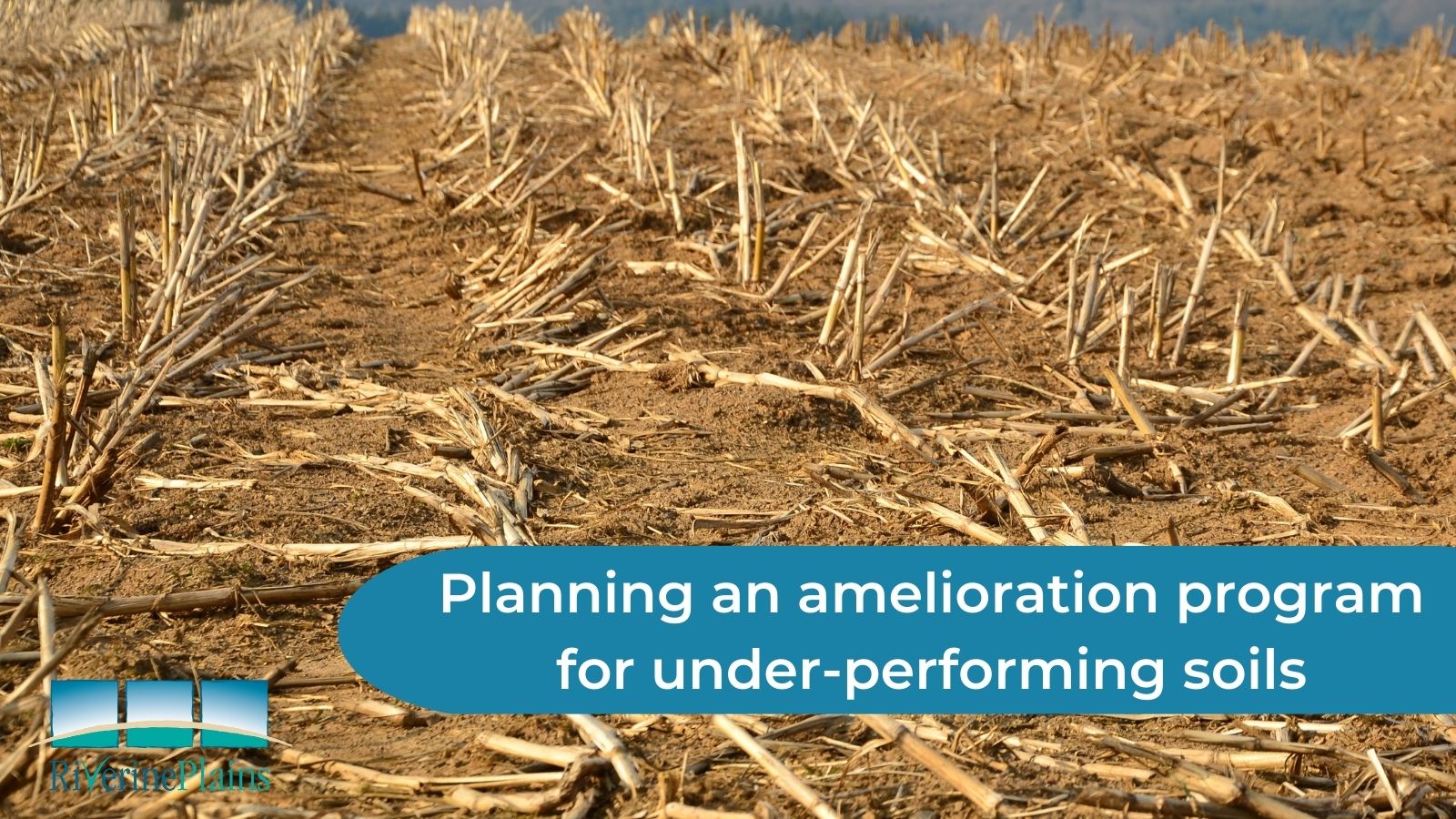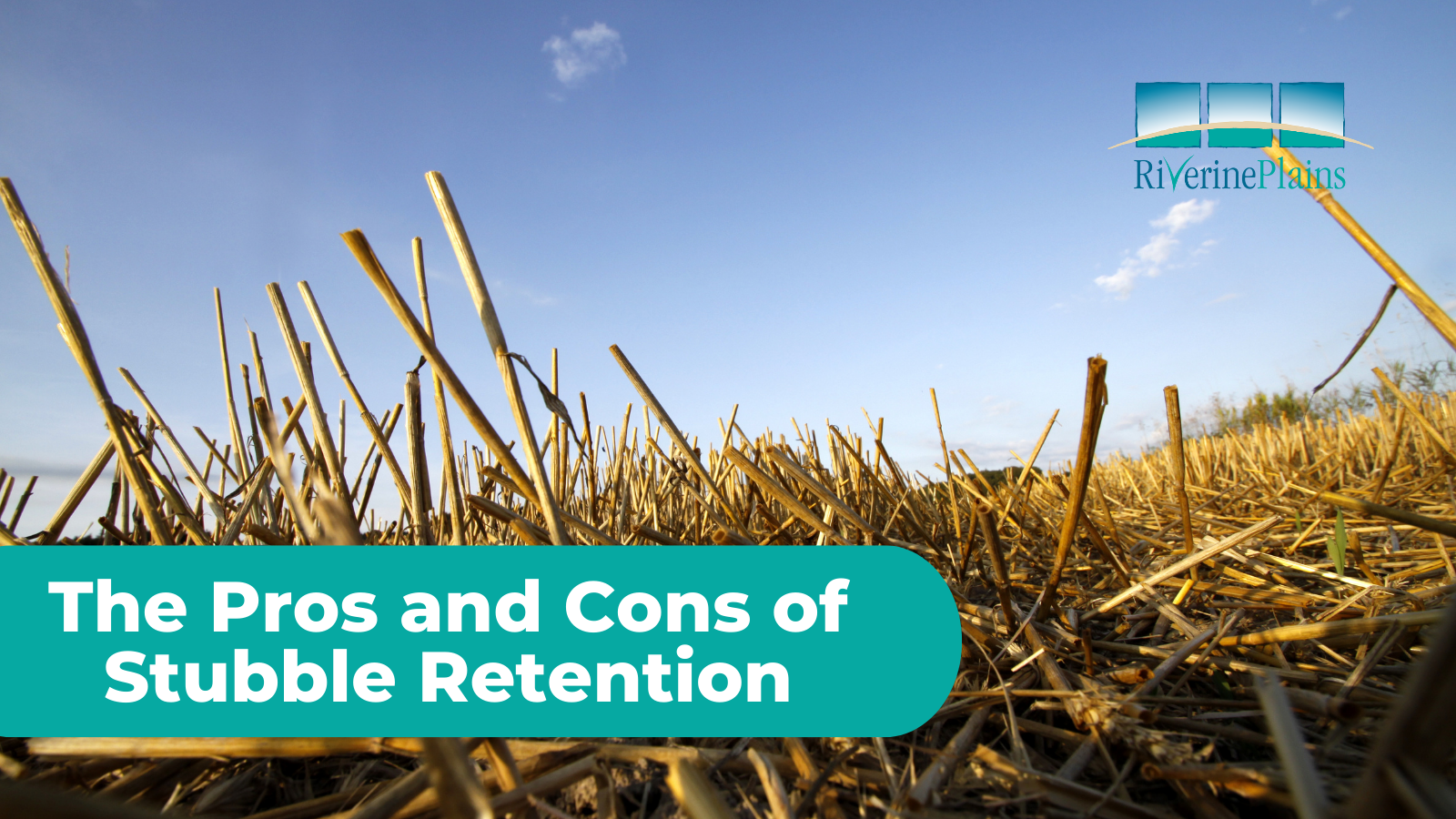Stubble management at harvest reaps rewards at sowing
Key Messages
- stored soil moisture can be important for establishment and yield in dry seasons
- stubble management technique can impact plant available water
- managing high stubble loads begins at harvest and helps prevent issues at sowing





